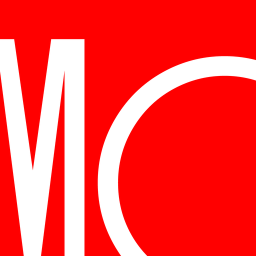JPMorgan Mid Cap Equity Fund earns an Above Average Process Pillar rating.
The main contributor to the rating is the fund's excellent long-term risk-adjusted performance. This can be seen in its five-year alpha calculated relative to the category index, which suggests that the managers have shown skill in their allocation of risk. The parent firm's five-year risk-adjusted success ratio of 57% also influences the rating. The measure indicates the percentage of a firm's funds that survived and outperformed their respective category's median Morningstar Risk-Adjusted Return for the period. Their noteworthy success ratio suggests that the firm does well for investors and that this fund may benefit from that. Lastly, the process is limited by being an actively managed strategy. Historical data, like Morningstar's Active/Passive Barometer, finds that actively managed funds have generally underperformed their passive counterparts, especially over longer time horizons.
This strategy tends to hold larger, higher-growth companies compared with its average peer in the Mid-Cap Blend Morningstar Category. Looking at additional factor exposure, this strategy has consistently favored low-quality stocks compared with Morningstar Category peers over the past few years. Such positions do not tend to provide much ballast for a portfolio. In the latest month, the strategy was also less exposed to the Quality factor compared with Morningstar Category peers. Given the low trading volume of holdings, this strategy also has higher liquidity risk exposure in these years, consistently over its peers. Less-liquid stocks might offer strong returns to compensate for their risks, but they can be harder and more expensive to trade in bear markets. Similarly, in recent months, the strategy also had less exposure to the Liquidity factor than peers. Additionally, this strategy has demonstrated a tilt toward low-volatility stocks in these years, meaning companies with a lower historical standard deviation of returns over its peers. Such holdings can limit a strategy's downside, but cause it to lag in bull markets. In recent months, the strategy also had less Volatility factor exposure than its peers. More information on a fund and its respective category's factor exposure can be found in the Factor Profile module within the Portfolio section.
The portfolio is overweight in financial services by 3.0 percentage points in terms of assets compared with the category average, and its healthcare allocation is similar to the category. The sectors with low exposure compared to category peers are basic materials and industrials; however, the allocations are similar to the category. The portfolio is positioned across 204 holdings and is less top-heavy than peers. Specifically, 12.3% of the strategy's assets are concentrated within the top 10 fund holdings, as opposed to the category’s 15.4% average. And finally, in terms of portfolio turnover, on a year-over-year basis, 40% of the fund's holdings have turned over, whether through increasing, decreasing, or changing a position.

